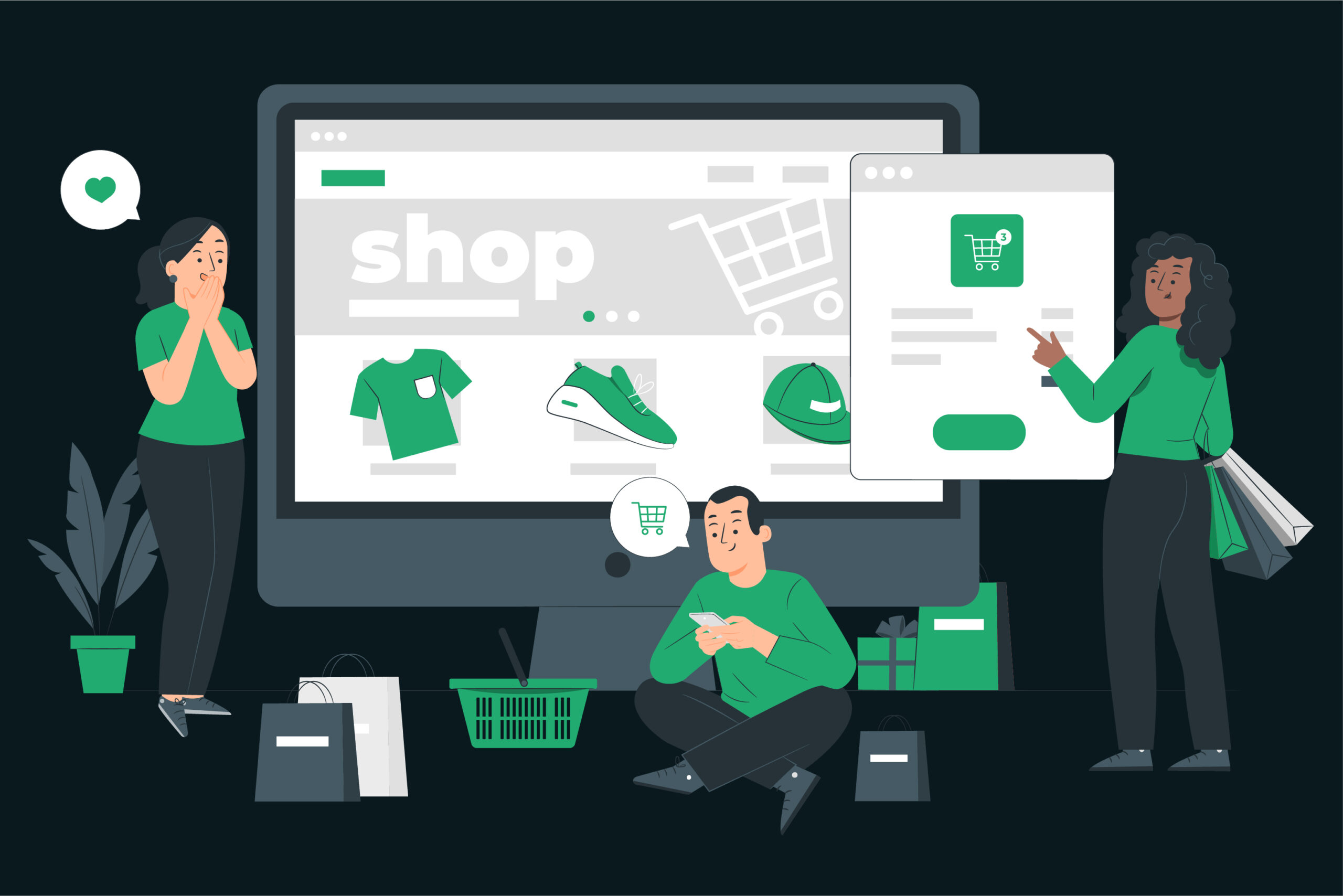Business in the e-commerce sector is expanding at a rapid pace. If you are unaware, some e-commerce websites barely earn a profit while others are quite profitable. Online brands like Amazon and eBay are prime examples. These businesses prioritize user experience (UX/UI), security, and dependable hosting. These companies’ primary goal is to make their websites simple to use, quick, secure, and appealing.
However, you must learn more about the topics that absorb so much of your attention. Do you require assistance with e-commerce web development in order to boost traffic or enhance conversions? This post will go over nine crucial e-commerce website elements that can boost sales.
1. User-Friendly Design:
A pleasant user experience is perhaps the most crucial element that clients seek in an e-commerce site. If your consumers can’t navigate your website or can’t locate what they’re searching for, they’ll likely go to one of the many other online stores. Use top e-commerce UX techniques.
Put the client experience first by:
- Making a clear, high-quality homepage.
- There is also a search bar.
- In the navigation bar, clearly list category pages.
- concentrating on developing a responsive website.
2. Mobile-Friendly Options:
E-commerce shoppers are increasingly relying on their mobile devices in today’s marketplace.
In other words, because most customers prefer to explore online stores on their phones, adding mobile optimization to the design of your e-commerce website is critical.
To enhance your conversion rate and keep consumers satisfied, make sure your site design is automatically changed for the screen size and form of phones.
3. Various Payment Options:
Shopping cart abandonment is a common problem for online companies.
To increase your chances of closing the transaction at the final checkout step on your website, make the purchase stage as simple as possible for your consumers by including several online payment options in the shopping cart.
Consider including payment providers like PayPal or Stripe in addition to debit and credit card alternatives. You may also include plugins that allow users to buy now and pay later to encourage them to click the “Buy” button.
4. Advanced Searching and Filtering:
E-commerce search capabilities and filtering are top e-commerce website design elements because they allow customers to swiftly and easily locate the goods they are looking for. It’s even better if the search engine uses artificial intelligence to forecast a user’s inquiry.
Meanwhile, filters enable buyers to narrow down product listings and focus on the things they’re genuinely interested in, skipping over irrelevant pages and products.
5. Comprehensive Product Information:
Shopping online has become incredibly prevalent, yet many consumers are still cautious about making online purchases, particularly from smaller firms with which they are unfamiliar.
One significant disadvantage of internet shopping for consumers is the inability to view or sample the goods before making a purchase. To persuade your buyers that your product is of good quality and worth their money, provide as much product information as feasible.
Your product pages should contain descriptive product descriptions that include information about size, material, color, ingredients, and location of origin. Provide high-quality product photography that depicts the product from all angles. Include photographs of a model wearing the item if it is apparel.
When building your e-commerce website, be sure to include “similar items” sections on product pages, as this feature may assist customers in finding additional products that are tailored to their interests and requirements.
6. High-Quality Photographs:
You may sell high-quality items in your e-commerce store, but if the photographs of those things aren’t appealing, no one will look at them. As a result, high-quality, eye-catching photographs that are optimized for page load are an e-commerce must-have.
Make sure your photographs can be viewed from all angles, especially if you’re selling jewelry, watches, or personalized items.
7. 24-Hour Customer Service:
Providing helpful, accessible customer service is an important component of a good client experience. According to Microsoft, 90% of Americans think customer service is vital when considering whether or not to buy from a firm.
As one of your e-commerce website’s features, include a 24/7 customer support chatbot to handle client demands at any time.
8. A simple and manageable checkout system:
E-commerce with an effective checkout experience reduces cart abandonment and keeps customers returning. A check out system is a form of request where the customer inputs all purchase information, including postal address, shipping choice, and credit card information. Customers seldom choose to peruse more than three pages. As a result, customers are increasingly favoring one-page check-out extensions.
69.89% of shopping carts are abandoned on average due to their ineffective checkout systems.
When consumers depart at the last minute, a retail store suffers from this dilemma.
9. Customer Feedback & Ratings:
Customers are wary of making purchases on e-commerce websites since there are so many options. Customers look at the reviews and ratings of other customers who have purchased the goods. Before placing a purchase, more than 92% of users check the review. Customers believe other users’ reviews and regard them as honest thoughts. Product ratings and favorable reviews contribute to successful sales. Despite having both sets of comments, you may enhance sales by blocking the negative ones.
The Bottom Line:
The best Ecommerce App Development features are not limited to the abovementioned list; you can add to them based on your business budget and scope. Still, these 9 e-commerce website features will help you build an unforgettable customer experience.
Remember: whatever design solution you come up with, developing a successful e-commerce website includes an easy-to-navigate layout. It should provide value to a user, be it in the form of informative product descriptions or a one-step checkout. When you’re ready to commit to setting up your store, Select a reputable e-commerce website design agency like Zenkoders that has extensive experience and is aware of your business requirements to provide you with the best solution.

